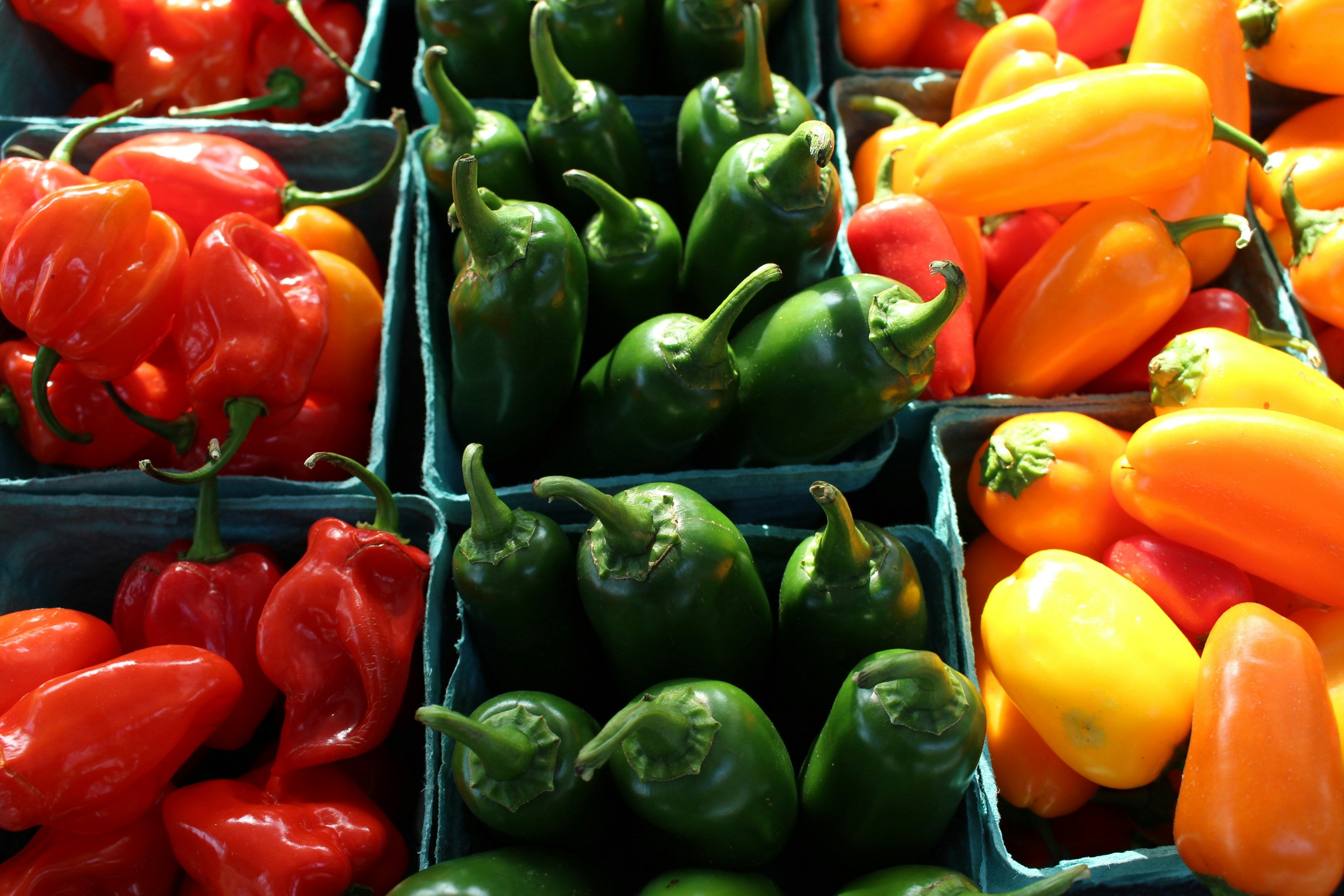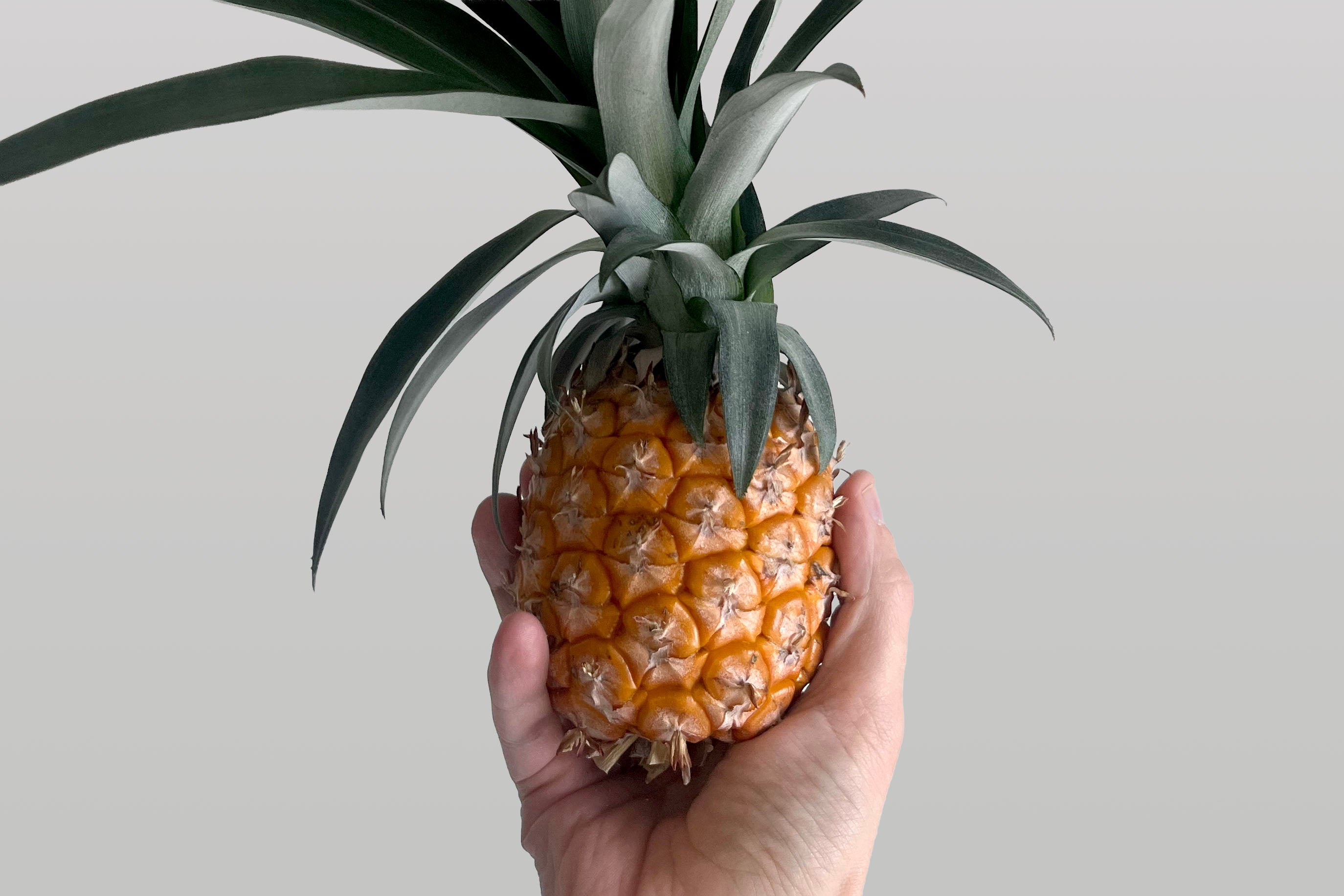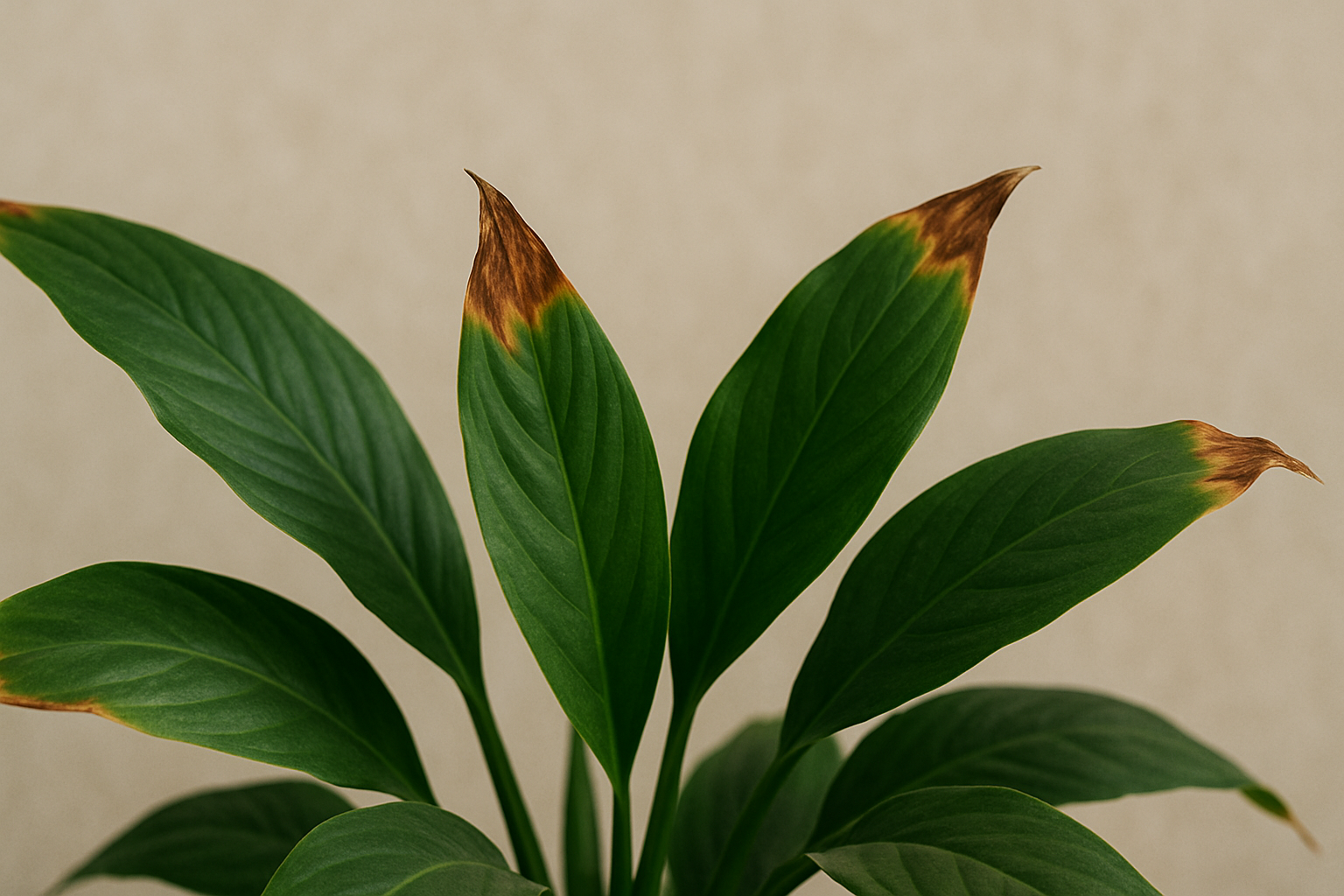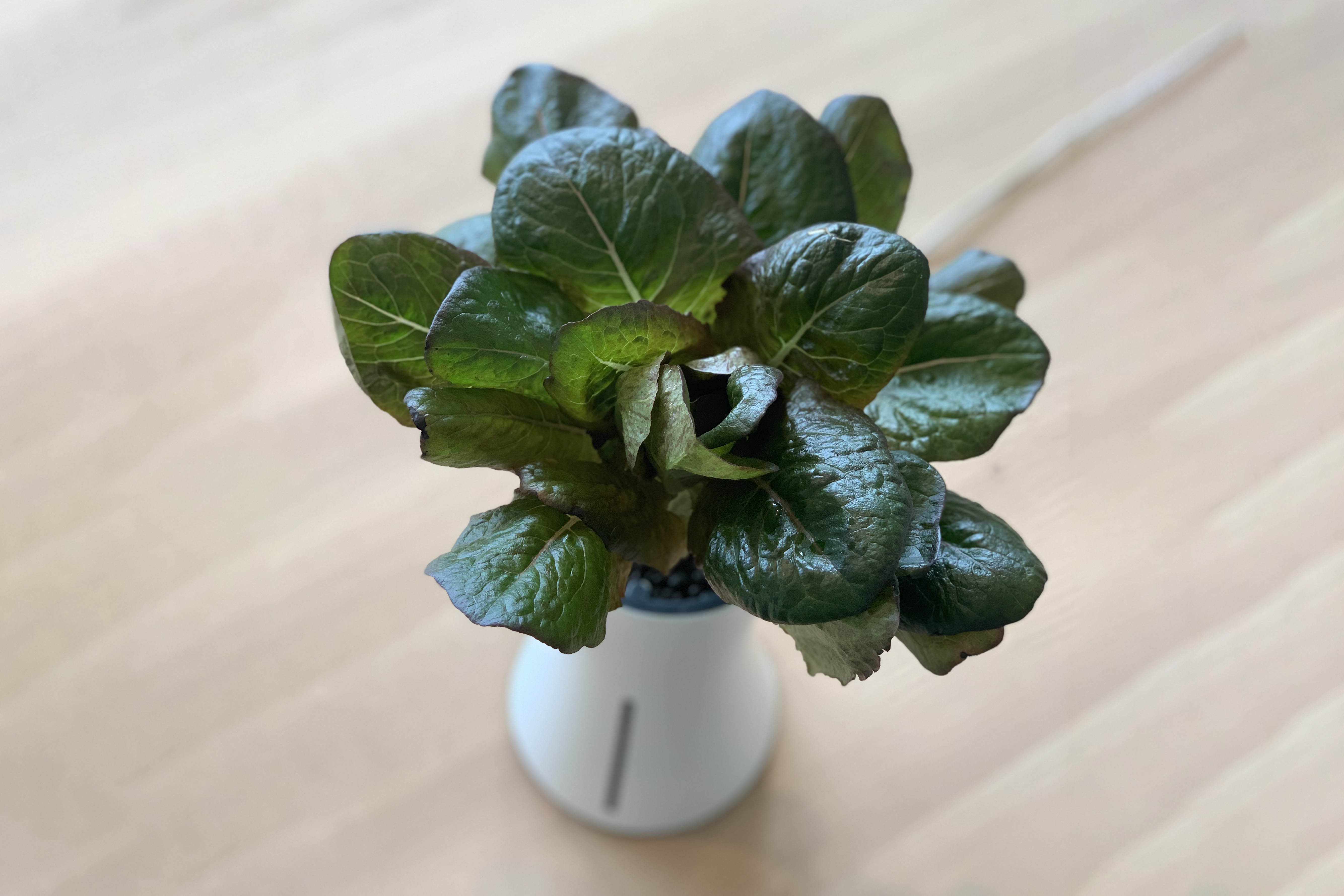How do you measure the “heat” of a pepper?

To measure the heat of a pepper, the Scoville scale is used. This scale, named after its creator, Wilbur Scoville, quantifies the spiciness or heat level of peppers and other spicy foods.
How does the Scoville measure work?
The Scoville units of a pepper can be determined through two primary methods: the traditional Scoville Organoleptic Test and modern high-performance liquid chromatography (HPLC).
In the traditional Scoville Organoleptic test, an extract of the pepper is diluted in sugar water until its heat is no longer detectable by a panel of tasters. The degree of dilution gives the Scoville Heat Unit (SHU), with higher SHUs indicating hotter peppers.
For example, bell peppers have a Scoville rating of 0, while the Carolina Reaper exceeds 2 million SHUs. Modern methods often use high-performance liquid chromatography (HPLC) to determine the concentration of capsaicinoids, the compounds responsible for heat, translating these findings into Scoville units. Thus, the Scoville scale remains the standard for measuring pepper heat.
Here are the steps for the two methods to measure the Scoville scale:
Steps for the Scoville Organoleptic Test:
- Extract Preparation: Dried pepper samples are ground into a powder and dissolved in alcohol to extract the capsaicinoids, the compounds responsible for heat.
- Dilution: The extract is diluted in sugar water in a series of increasing concentrations.
- Tasting: A panel of trained testers sips the diluted solutions.
- Determination: The point at which the testers no longer detect heat is recorded. The degree of dilution needed to reach this point gives the SHU rating.
Steps for High-Performance Liquid Chromatography (HPLC):
- Sample Preparation: Fresh or dried pepper samples are processed to extract capsaicinoids.
- Chromatography: The extract is run through an HPLC machine, which separates and measures the concentration of individual capsaicinoids.
- Calculation: The measured concentrations are converted into Scoville Heat Units using a standard formula.
- Reporting: The final SHU value is reported, providing a precise measurement of the pepper's heat.
Both methods help classify the heat level of peppers, with HPLC offering more consistency and accuracy compared to the traditional taste-based method.

Is the Scoville scale accurate?
The Scoville scale is a widely recognized method for measuring the heat of peppers, but its accuracy has been debated. Originally developed by Wilbur Scoville in 1912, the Scoville scale relies on human taste testers who dilute pepper extracts until the heat is no longer detectable. This subjective method introduces variability, as individual tolerance to spiciness can differ.
While the modern method of chromatography (HPLC) provides a more consistent and precise measurement, some argue that the Scoville scale still has limitations due to differences in human perception and biological variability. Despite these challenges, the Scoville scale remains a valuable tool for ranking the heat of peppers, appreciated both in culinary contexts and scientific studies.
How hot is a jalapeno compared to bell pepper and habanero?
The jalapeño pepper, with a Scoville Heat Unit (SHU) range of 2,500 to 8,000, is moderately hot. To understand the hotness of the jalapeno, we can compare it to two other well-known chili peppers: the bell pepper and the habanero.
- Bell Pepper: Bell peppers measure 0 SHU on the Scoville scale, making them completely non-spicy. Compared to a jalapeño, bell peppers are incredibly mild, suitable for adding sweetness and crunch to dishes without any heat.
- Habanero Pepper: Habanero peppers range from 100,000 to 350,000 SHU, significantly hotter than jalapeños. A single bite of a habanero is intensely fiery and much hotter than a jalapeño, often used in recipes that require a strong kick of heat.
While jalapeños offer a moderate level of heat, bell peppers are completely mild, and habaneros are extremely hot. This variety allows for a wide range of culinary uses, from mild flavor enhancements to intense heat.
With the knowledge of the Scoville scale, you can determine which chili pepper you should grow in your Botanium! How spicy do you want it to be?
Looking for guidance? Go to "which chili should I grow"?





Leave a comment